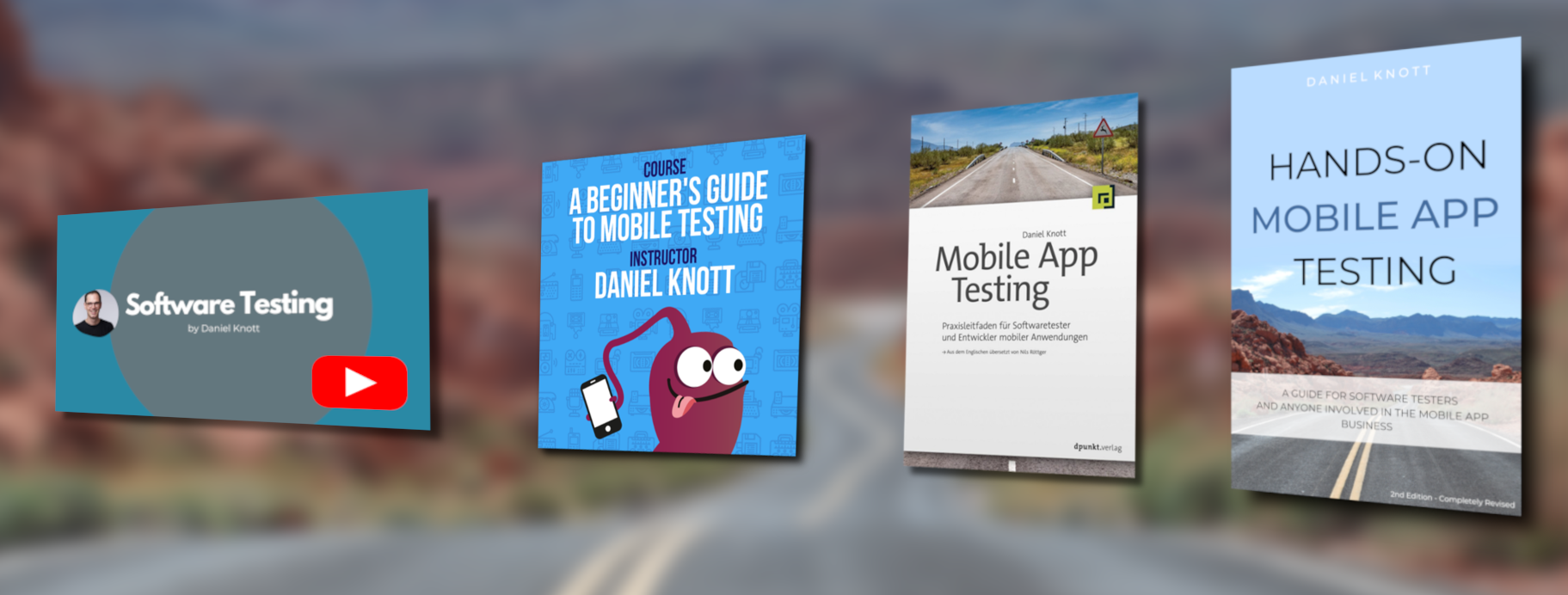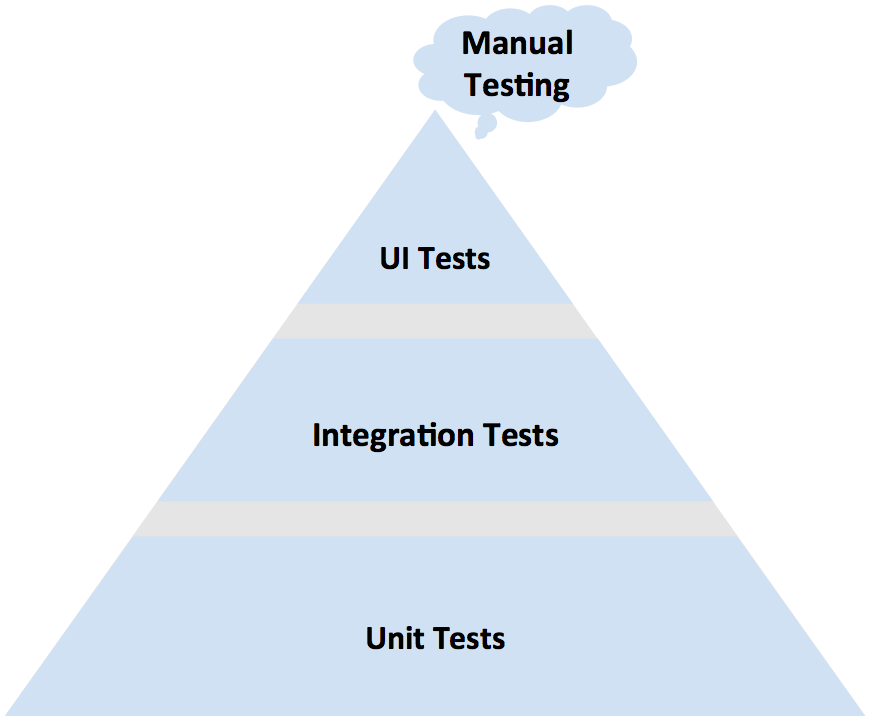We, the XING Android Team are looking for a mobile tester (male/ female) with a strong focus on Android. We are a cross-functional agile team including developers, testers, designers, interaction designers, product owners and some other stakeholders. Every two weeks we are releasing a new Android app version to our customers starting with a beta rollout to check if everything is running OK. Before we go into beta and start the stage rollout of the XING Android app we do lots of stuff in order to make sure that the app is working as expected and to deliver high quality to our customers.
Mobile Testing
What Mobile Challenges Do Software Testers Face In 2016?
 Lately I have been asked by Rosie Sherry the women behind Ministry of Testing, what are the main mobile challenges software testers need to face in 2016. Rosie asked me for only one testing challenge that we have to handle. In the first place the mobile device fragmentation came to my mind, but Rosie mentioned right from start, that this topic is already in the list. The next topic that came to my mind pretty quick is “In the Wild Testing”. And that is what I have written.
Lately I have been asked by Rosie Sherry the women behind Ministry of Testing, what are the main mobile challenges software testers need to face in 2016. Rosie asked me for only one testing challenge that we have to handle. In the first place the mobile device fragmentation came to my mind, but Rosie mentioned right from start, that this topic is already in the list. The next topic that came to my mind pretty quick is “In the Wild Testing”. And that is what I have written.
Problem:
One of the biggest challenges software testers need to handle in 2016 is manual “In the wild testing”. The problem that I see, is that many software testers, test mobile applications in the same way as they would test web or desktop applications, always on the same place with the same Internet connection. But mobile apps are not the same like web or desktop applications. They are used in a total different environment with different Internet connections. If a mobile app is tested only with a fast and stable Internet connection lots of problems will not be covered during the testing and development phase.
Mobile Testing Cheat Sheet
This is the first post in 2016 related to mobile testing and I think that new and interesting mobile testing challenges will come up this year for all of us. We all know that mobile apps are becoming more and more important for nearly every section of our lives and that the mobile market is still on the rise. More and more apps for smartphones, tablets and smartwatches are coming to the market to solve any kind of problem for the mobile user.
However, many mobile apps are still not well developed and tested and sometimes it is very hard to remember all those important areas during our testing activities. In order to change that, I created a mobile testing cheat sheet which you can use to print out and to stick it to your office walls to not forget important areas while developing and testing your mobile app. Maybe the mobile testing cheat sheet will help you and your colleagues in the daily app development business.
The mobile testing cheat sheet contains various areas that are really important in order to submit a high quality app to your customers.
Mobile Testing Cheat Sheet
The mind map contains 32 sections that you and your team should consider while the development and testing phase. There are areas such as:
Behind the Scenes of Hands-On Mobile App Testing
This article was published in the Testing Circus Edition 5 – Volume 6 from May 2015. Today I want to share this article with you on my blog, to give you some insights on how I wrote my book “Hands-On Mobile App Testing”.
It all started in 2010 when I had the opportunity to work on my first mobile project. The mobile team I worked in was responsible for developing a mobile web app, a native Android app and a native iOS app. This was the company’s first mobile project and a completely new testing environment for the quality assurance department. Together with a colleague, I had the chance to build up a mobile testing strategy from scratch. We evaluated several test automation tools to see which one fits best in our software development lifecycle. At that time, mobile testing tools were few and far between, and at a very early development stage. We then tried several testing approaches and tools. Of course we failed with some of them, but in the end the whole team, the company and our customers were happy.
Another reason why I wrote this book was because of my blog http://www.adventuresinqa.com. I started blogging in 2011 after giving a presentation at the Agile Testing Days in Potsdam, Germany. This was my first talk at a major testing conference and I was the only speaker on the agenda who spoke about mobile testing. After my presentation I was very busy for the rest of the conference as a lot of people approached me to ask about mobile testing, the approaches I use, what kind of tools I use and so forth. The huge interest and the lack of knowledge in mobile testing convinced me to start writing a blog. The goal was to share my knowledge of mobile testing and to exchange views and ideas with other mobile testers, while also improving my written English skills. So far I’ve written about 90 posts covering mobile apps and testing, and I never expected so many people from around the world to take an interest in my blog. The feedback I got so far has been great and it convinced me to take the next step.
Mobile Test Pyramid
Anyone who is involved in software testing and software test automation should know the test automation pyramid introduced by Mike Cohn (http://www.mountaingoatsoftware.com/).
This article contains excerpts from my book „Hands-On Mobile App Testing“ published with Pearson Education.
As you can see in the following image, the typical pyramid consists of three layers. At the bottom, there is the automated unit-testing layer, in the middle the automated integration testing layer and at the top there is the automated end-to-end testing layer (including the user interface tests). Each layer has a different size, indicating the number of tests that should be written within each stage. Manual testing is not part of the test pyramid, hence it is shown as a cloud for additional testing work.
But this pyramid is not applicable to mobile apps and mobile test automation. Mobile testing requires a totally different set of testing activities like movement, sensors, different devices and networks compared to other software like desktop or web applications. Lots of manual testing is required to be sure that a mobile app is working as expected in the different usage scenarios.


